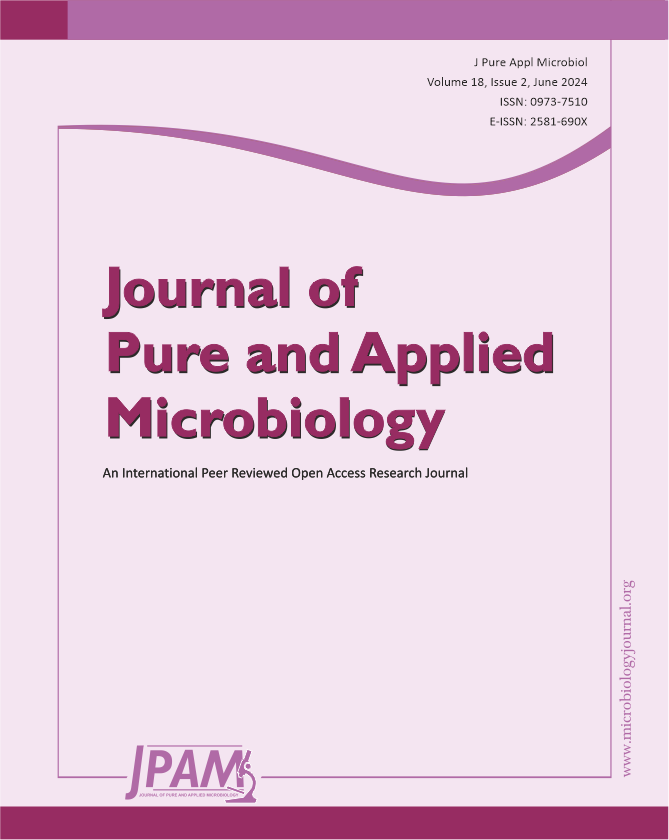Urinary tract infection (UTI) is considered as one of the highly prevalent infections worldwide. Regarding its prevalence, UTI is more common in women. The outcome of the research is expected to predict the severity of the urinary tract infection. The study of prevalence and antibiotic susceptibility helps to provide data on the occurrence of uropathogens in different age groups and helps to treat the infection with effective antibiotics to prevent further progression of infection. The study has been carried out to identify and investigate the prevalence of uropathogens and to determine their antibiotic susceptibility potential. Overall, 713 urine samples were collected, MacConkey agar, Blood agar, CLED agar and Luria-Bertani agar were used for isolation of uropathogens by calibrated loop streak method and incubated at 37°C. Antibiotic susceptibility was carried out using the Kirby Disc diffusion method. A total of 665 showed positive bacteriuria. E. coli (37.3%) and K. pneumoniae (32.03%) were the most common uropathogens followed by E. fergusonii (17.9%), P. aeruginosa (8.4%), and A. baumannii (4.4%). The study found that above 70% of antibiotic susceptibility was observed in fluoroquinolones followed by imipenem, while all isolates showed high resistance to ampicillin. The organisms E. coli, E. fergusonii, and P. aeruginosa exhibited the least susceptibility (>50%) for third-generation cephalosporins. P. aeruginosa and A. baumannii showed no susceptibility to nitrofurantoin, whereas other isolates were least susceptible. The study concludes that K. pneumoniae and E. coli were highly prevalent within the study group and that fluoroquinolone and imipenem can be effective for treatment.
Antibiotic Susceptibility, Bacteriuria, Fluoroquinolones, Prevalence, Uropathogens
© The Author(s) 2024. Open Access. This article is distributed under the terms of the Creative Commons Attribution 4.0 International License which permits unrestricted use, sharing, distribution, and reproduction in any medium, provided you give appropriate credit to the original author(s) and the source, provide a link to the Creative Commons license, and indicate if changes were made.


